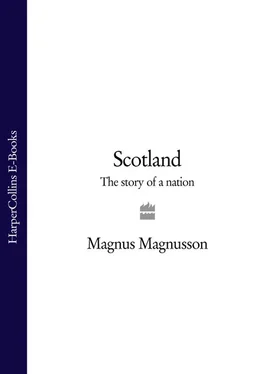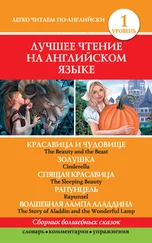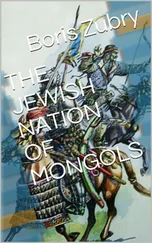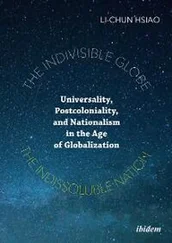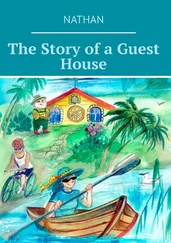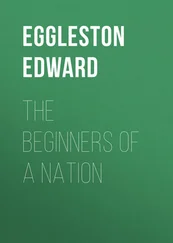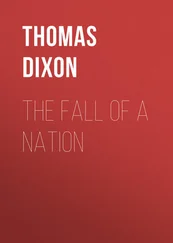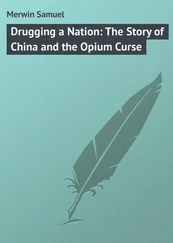Implicit in everything Scott wrote was the assumption that this union of England and Scotland was the inevitable outcome of an inevitable historical process – a process which meant progress. He believed passionately that the Union of the Crowns in 1603 and the Union of the Parliaments in 1707 had helped Scotland to mature out of turbulent and rebellious adolescence into adult nationhood, as an equal partner in the corporate nation-state of Britain.
Walter Scott was a meticulous and extremely erudite historian as well as being the first great historical novelist. He was familiar with all the fashionable theories of history of his day. He read extraordinarily widely, had a remarkable memory, and absorbed information from all manner of sources. He searched out medieval manuscripts and founded societies to edit and publish them. 1 He was greatly admired by historians all over Europe for the way in which he breathed fresh life into the musty recesses of the past. He was deeply interested in historical changes and movements and their causes – and even more so in their effects. And in his greatest novels (where his characters are constantly seen as being helplessly trapped in the social and economic forces of history), no less than in his writing of history, he subtly and imaginatively examined the meaning of history in terms of the relationship between tradition and progress. Scotland, it has often been said, was invented by Walter Scott in his portrayal of its history.
But Scott’s version of Scotland’s history is now largely out-of-date; and so are the ideas about history which informed it. History is continuously being reassessed and rewritten. That is what Walter Scott was doing – he was harnessing the events of the past to reinforce his agenda for his own time: simultaneously conservative and progressive.
In the last few years there has been a revolution in Scottish historical thinking. Many of our cherished conceptions and ideas about our past are being revised. Where did the ‘Scots’ come from? What happened to the Picts? And what about Macbeth, whom both Shakespeare and Scott cast as the prototype villain of Scottish monarchy? Did Robert Bruce ever see a spider in a cave? How important was the ‘Declaration of Arbroath’ (which Scott does not even mention)? What was the Scottish Renaissance? What really happened at the Reformation? What was the significance of the reign of Mary Queen of Scots? Who were the Covenanters? What was the impact of Jacobitism on the Highlands and the Scottish identity? And what were the real, long-term effects of the 1707 Treaty of Union?
All these crucial themes in Scotland’s history are being examined, sometimes even turned upside-down, by a generation of brilliant and realistic Scottish academic historians. General books and specialised research papers pour from the presses. Illustrated part-series, like the fifty-two-part Story of Scotland published by the Sunday Mail in 1988–89 and the current Scotland’s Story (First Press Publishing), masterminded by Professor Ted Cowan (Professor of Scottish History at Glasgow University), bring Scottish history to a wide and appreciative audience in a highly readable and accessible form.
The study of Scottish history in our universities has been revolutionised since Walter Scott’s day. The first chair specifically dedicated to the subject was endowed at Edinburgh University by a bequest as the Chair of Scottish History and Palaeography in 1901. Glasgow followed in 1911, when a joint Chair of Scottish History and Literature was established by public subscription. St Andrews University started a lectureship in 1948 which was elevated to a professorship in 1974. More specialised research institutes have recently been established, like the Institute for Environmental History at St Andrews and Dundee (by the Historiographer Royal in Scotland, Professor Chris Smout) and the Institute of Irish and Scottish Studies at Aberdeen (by Professor Tom Devine, author of the recent The Scottish Nation 1700–2000 ).
The teaching of Scottish history in our schools has also been gradually expanding over the years since I was learning about it (at home) from an edition of Scott’s Tales of a Grandfather abridged by Elizabeth Grierson (1934). At my school in Edinburgh we were taught only British history, about English rather than Scottish monarchs, about the history of the British Empire. 1 In Scotland today there is a formal requirement on schools and teachers to cover, at their discretion, aspects of Scottish history for pupils aged five to fourteen: the Wars of Independence, the vikings, the Jacobites, Victorian Scotland and the impact of the two world wars are the most popular at present. For pupils at Standard grade (the successor to the O-grade) who take History as a subject, Scottish History is compulsory.
Scotland: The Story of a Nation arose from a broadcast series on Scottish history which I presented on BBC Radio Scotland in 1998. It was entitled Tales of a Grandfather because it used Scott’s Tales as its framework. In the series, I interviewed twenty-four contemporary historians who were busy casting new light on Scotland’s history; they helped me to show how radically the perceptions of that history have altered in recent years. Extracts from several of these interviews are quoted in this book. The series presented a re-examination and a re-illumination of traditional views about Scotland’s past, from its roots in the so-called Dark Ages to the Union of the Parliaments in 1707 and the last throes of Jacobitism in the 1745 Rising – which is where Walter Scott ended his history.
I have used almost the same framework in Scotland: The Story of a Nation. However, as far as Scott was concerned, Scottish history did not begin until the accession of Macbeth in 1040; all the preceding centuries were wrapped up in a preamble to the story (Chapter 1: ‘How Scotland and England came to be separate kingdoms’), for the dreariness of which he apologised to his young grandson: ‘This is but a dull chapter, Master Littlejohn.’ He gave a brief account of the Roman invasion of Britain, talked about the continual warfare between the Scots and the Picts after the Romans withdrew, and then, with a sigh of relief, moved on to Macbeth – ‘The next story shall be more entertaining.’ To my mind, the centuries before Macbeth are just as fascinating and revealing as those which came afterwards – and just as important for an understanding of the identity of the Scots.
Like Walter Scott, I am a devotee of the landscape of history, the monuments, the man-made relics, the places as well as the people of history. Scotland: The Story of a Nation takes the reader on a tour of Scotland’s history, from the earliest Mesolithic settlers on the Island of Rum nine thousand years ago to the establishment of Scotland’s new parliament in 1999. We visit many of the sites and monuments which celebrate significant moments in Scotland’s history: the marvellous Neolithic village of Skara Brae on Orkney; the overgrown hill-fort near Inverness where St Columba tried to convert the King of the Picts to Christianity in AD 600; the site of the decisive battle of Nechtansmere (Dunnichen) in Angus where the Picts repelled the Northumbrians in 685, as illustrated by the ‘war-correspondent’ Pictish stone at nearby Aberlemno; the cliff in Fife where Alexander III fell to his death to create a major succession crisis in 1286; the little-known plaque in Westminster Hall which marks the spot where William Wallace was condemned to a brutal death in 1305; the site of the Battle of Flodden where James IV and the ‘Flowers of the Forest’ were scythed down in 1513.
We find the site of the house in Perth in which James I was murdered in a sewer in 1437, and of the house in Edinburgh where Mary Queen of Scots’ husband, Lord Darnley, was murdered after an explosion in 1567. We visit the superb sarcophagus for Mary in Westminster Abbey which James VI built for his mother. We discover the derelict summerhouse in Edinburgh in which the 1707 Union of the Parliaments of Scotland and England was signed. And we explore not just the battlefield of Culloden but also the magnificent fortress near Inverness which the Hanoverian government built in the worried aftermath of the 1745 Jacobite Rising – Fort George. And all along the way we savour the ‘people’s history’ of Scotland – the living wealth of local legends and traditions about ‘Braveheart’ William Wallace, for instance, which can have just as much resonance for the general reader as the careful analyses of academics.
Читать дальше
